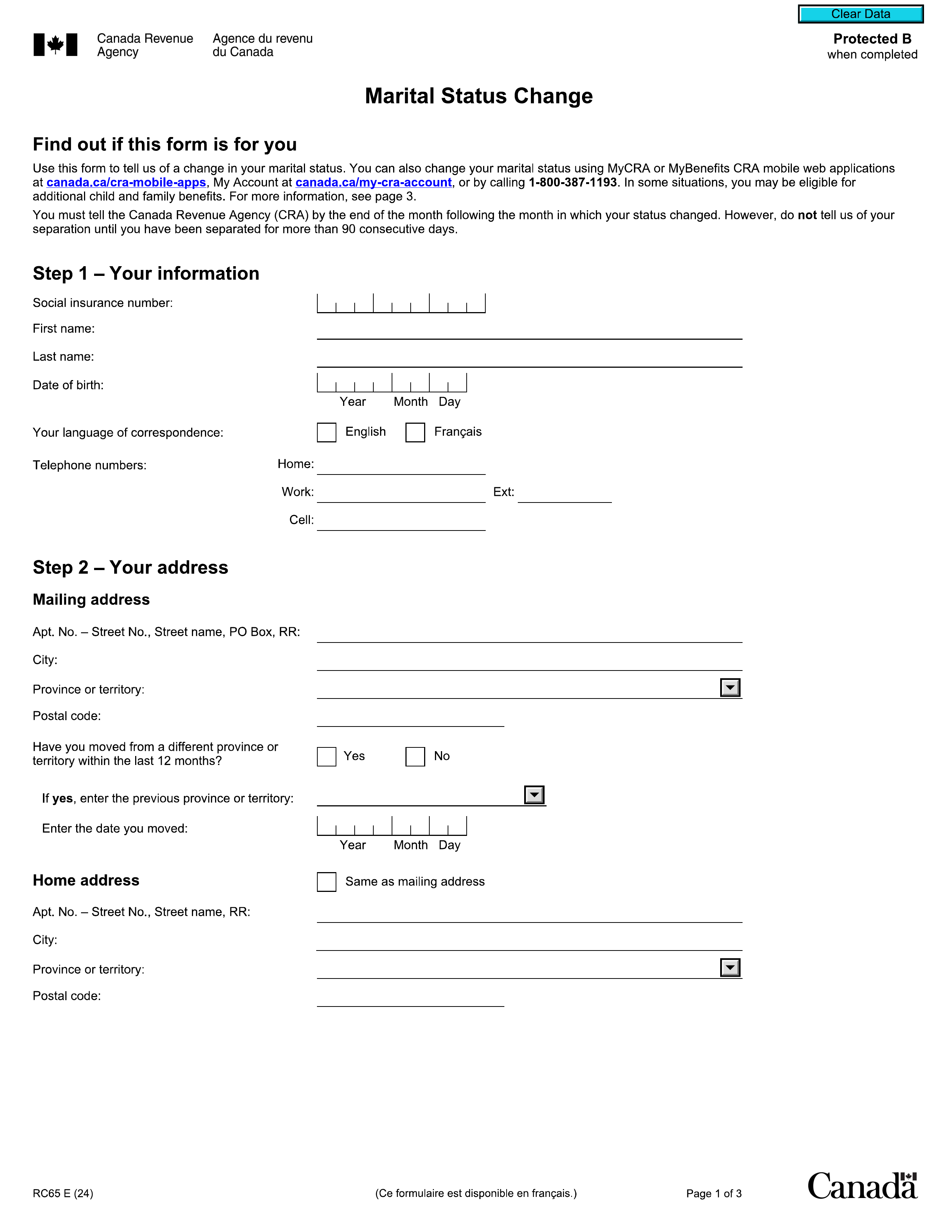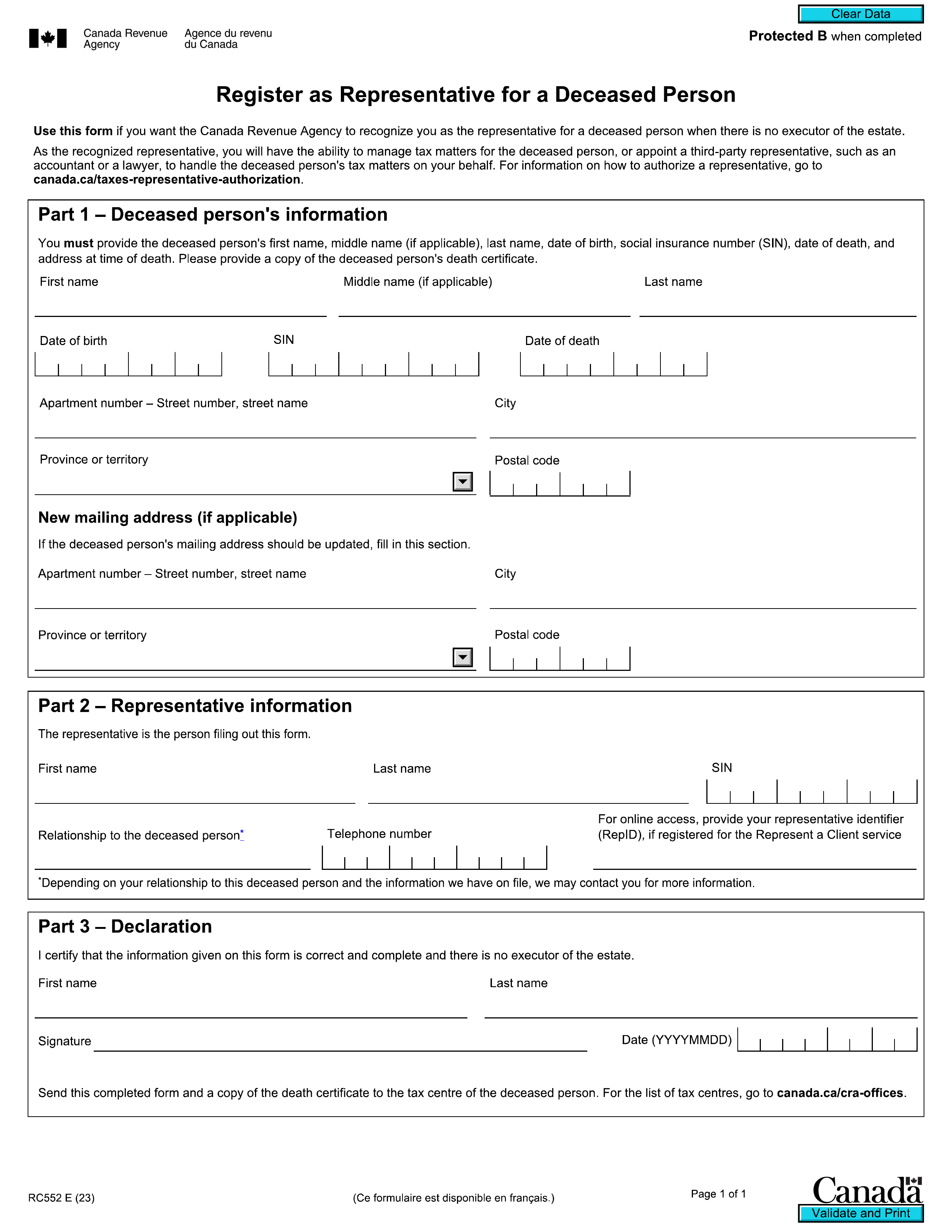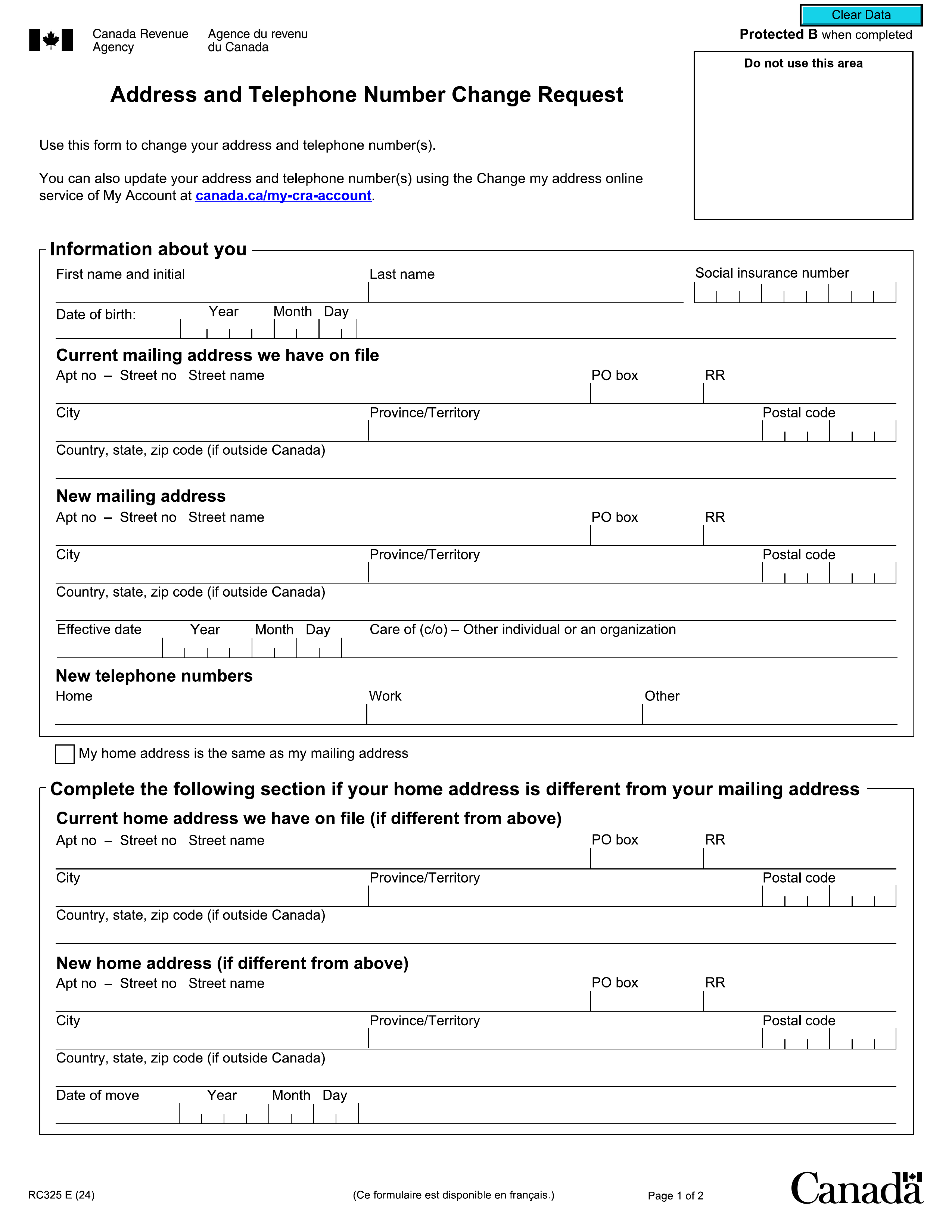What is Form T2057?
Form T2057 is a crucial document for taxpayers and taxable Canadian corporations looking to elect under subsection 85(1) of the Income Tax Act. This form enables them to report the transfer of property, such as real estate or business assets, from an individual to a corporation. It requires essential information, including the fair market value of the property and the consideration received. Completing this election is vital as it helps clarify the tax implications of the property transfer, ensuring compliance with Canadian tax regulations.
What is Form T2057 used for?
Form T2057 is a key document for taxpayers dealing with property transfers. It serves several important purposes:
- Election on Disposition: To choose the transfer of property to a taxable Canadian corporation.
- Transfer of Property: To shift property interests, such as partnership interests, from individuals to corporations.
- Documentation and Filing: To provide essential documentation and meet filing requirements.
- Late-Filing Penalties: To address penalties if submitted after the deadline.
How to fill out Form T2057 ?
- 1
Complete Part 1 with your personal information and co-owner details if applicable.
- 2
List the eligible properties disposed of in Part 2, along with the consideration received.
- 3
Fill in the date of sale or transfer for each property you’ve listed.
- 4
Enter the description, elected amount limits, fair market value, and agreed amount for each property.
- 5
Calculate and report the amount to be reported if it’s greater than 0.
- 6
Record the total fair market value of consideration received for both non-share and share properties.
- 7
Specify the type of capital property, excluding depreciable and eligible capital property.
Who is required to fill out Form T2057 ?
Taxpayers and Canadian corporations are the groups responsible for completing Form T2057. They need to jointly elect under subsection 85(1) of the Income Tax Act.
After the form is completed, the transferor or an authorized representative, along with the authorized officer of the transferee corporation, must sign it before filing with the appropriate tax centre.
When is Form T2057 not required?
Form T2057 is not required when the property transfer fails to meet the conditions under subsections 85(1) and (2) of the Income Tax Act. This includes transfers that do not qualify for the necessary elections or are not to a taxable Canadian corporation. Furthermore, individuals who are not taxpayers or are transferring to non-taxable entities do not need to file Form T2057.
When is Form T2057 due?
The deadline for Form T2057 is the earliest date when any party involved must file an income tax return for the taxation year in which the transfer took place. If you miss this deadline, you can still file within three years, but be prepared to pay a penalty at that time.
How to get a blank Form T2057 ?
To get a blank Form T2057, simply visit our website. The form is issued by the Canada Revenue Agency (CRA) and is pre-loaded in our editor for you to fill out. Remember, our platform helps with filling and downloading but does not support filing forms.
How to sign Form T2057 online?
To validly sign Form T2057, Election on Disposition of Property by a Taxpayer to a Taxable Canadian Corporation, a handwritten or electronic signature is required. The designated person, transferor, or an authorized representative must sign, along with the authorized officer of the transferee. Remember to check for the latest updates on requirements. Use PDF Guru to fill out and download the form, but note that submission is not supported.
Where to file Form T2057 ?
Form T2057 must be submitted separately from your income tax return. You can file it online, by mail or through an authorized representative.
Be mindful of deadlines; file by the earliest date any party must submit their income tax return for the relevant year. Late submissions may incur penalties.




